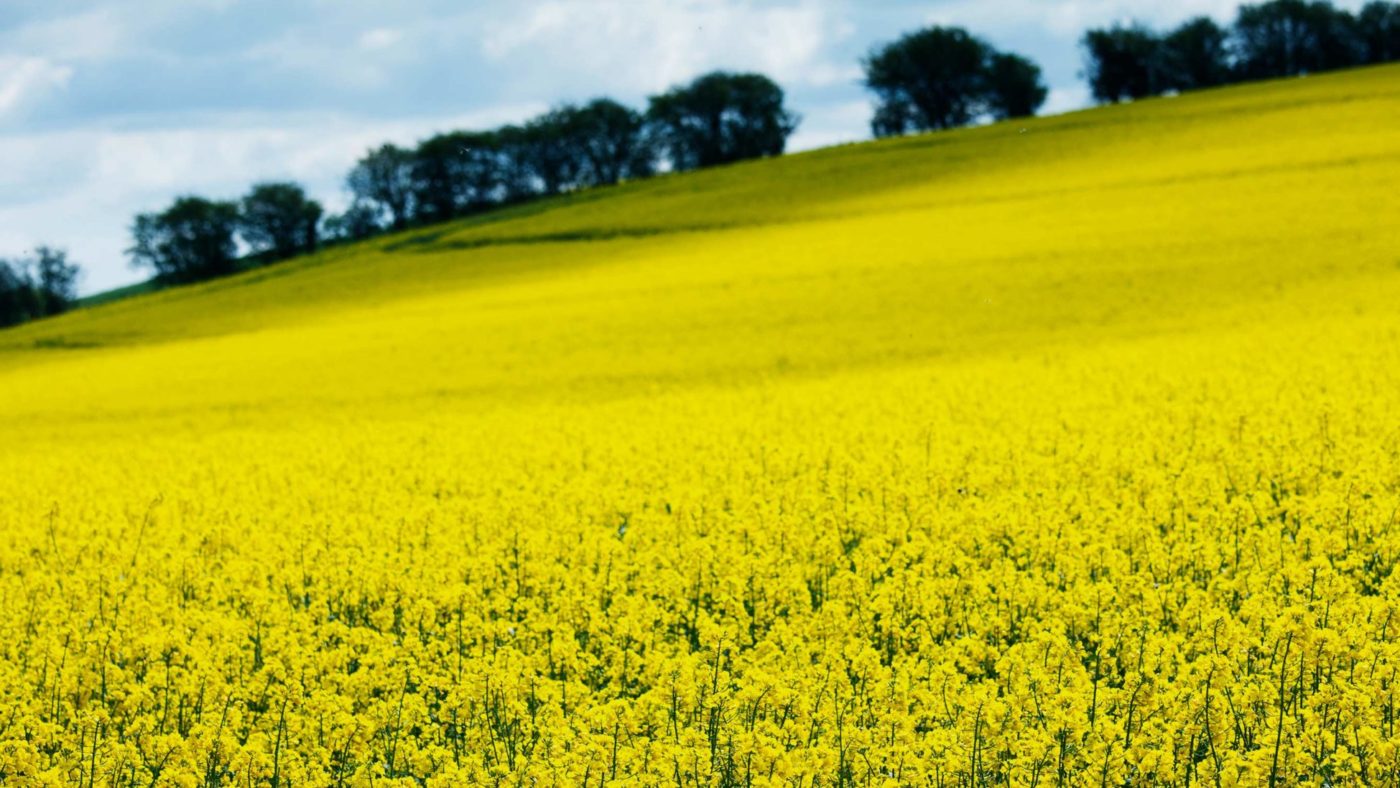When Chief Secretary to the Treasury Liz Truss made the bold call for one million homes to be built on the green belt, some were quick to point out that such a policy wouldn’t necessarily receive a warm welcome from voters.
Will Tanner, Director of the Mayite think tank Onward, drew attention to recent polling that put building on the green belt at the bottom of a list of policies on housing that the Conservatives could offer at the next election.
Truss’s response was refreshing: “[w]e have to start making arguments again and not just follow”. She couldn’t be more right. And the green belt is a very good place to start.
While there is often good reason to go along with the wisdom of the herd, that isn’t the case when that ‘wisdom’ is built on misunderstanding. And that is plainly apparent with respect to the green belt, which has become a sacred cow second only to the NHS in the British political imagination.
To so many in Britain, the green belt is synonymous with rolling hills, verdant forests, and precious habitats. Parts of it do conform to this image – several thousands of hectares of green belt land, for instance, are also designated as Sites of Special Scientific Interest.
Yet much of the green belt is not quite so bucolic. At the extreme end, one can easily find examples garages and other concrete wastelands happily enjoying green belt status – a world apart from the idyllic scenery green belt advocates want you to believe dominates the area.
Perhaps a greater challenge to the myth that the green belt is an ecological paradise, however, is the fact that the majority of green belt land is devoted to agriculture. Farming, especially when done intensively or in monocultures, almost invariably has a net negative environmental impact as – contrary to common assumptions – it decimates biodiversity, and sees the land drenched in chemicals.
Evidently, the green belt isn’t always quite as green as its supporters would like you to think. But even so, surely plonking one million new homes onto it won’t do it any environmental favours?
Counterintuitively, it just might.
In fact, urbanisation can be a great way to provide habitats for animals and other aspects of nature. This is because the gardens which go with new homes can support an incredible array of biodiversity, perhaps many times greater than that of ‘unspoilt’ land. As people go about sprucing up their back yards, they provide places for small mammals to nest, flowers for bees and other insects to visit, and ponds for birds to quench their thirst.
Moreover, as urban planners begin to learn more about the role development can play in improving the natural world, they can ensure it is done so to maximum effect. Housebuilding firm Barratt, for instance, has been working alongside the RSPB to pioneer nature-friendly homes – such as by incorporating nesting boxes directly into house walls, or ensuring that wildlife corridors exist to allow small creatures to move around new estates unhindered. Interestingly, these steps are being taken entirely voluntarily – and not because regulations demand it.
But the environmental advantages of relaxing planning restrictions on the green belt do not end there. While it certainly means the UK gets fewer houses than would be the case otherwise, the green belt doesn’t halt housebuilding everywhere altogether. Instead, it merely leads to housebuilding displacement – where new builds are just constructed in other locations.
Often, this means houses go up just on the other side of the green belt in the form of satellite towns. These can come at a high environmental price. By keeping people further away from their places of work, education, and leisure, regulations create the need for otherwise unnecessary transport infrastructure to be built – all of which must chart a course straight through the green belt.
Ironically, therefore, the green belt could inadvertently lead to more of the ‘concreting-over’ its proponents are so fearful of seeing. In addition, when people are forced to live beyond walking or cycling distance of where they regularly need to be, they’ll invariably have to rely on a car to get around – which only serves to increase air pollution and greenhouse gas emissions.
Meanwhile, inside of the green belt, pressure is put on vacant land which can legally be developed. This could mean that inner-city parks – the types of which people actually value – are lost in the drive to end Britain’s housing shortage.
At a UK wide level, therefore, while parts of the green belt will remain untouched, that’s not to say other cherished green spaces will not be – a direct consequence of the UK’s archaic planning system.
Truss would have known that calling for any building on the green belt, let alone one million new homes, would be controversial. But it’s worth remembering that green belt rules make it harder for houses to be built even when local residents want new developments. Sadly, this controversy is founded on years of misinformation from NIMBY campaigning organisations who invoke what are often deceitful and conceited arguments about wanting to preserve the environment.
In truth, plenty of the green belt could be developed on in ways which doesn’t just help solve the housing crisis but actually improves the net stock of ecological assets it provides. It’s up to politicians to be frank about that fact, and start selling it to the people.
CapX depends on the generosity of its readers. If you value what we do, please consider making a donation.


